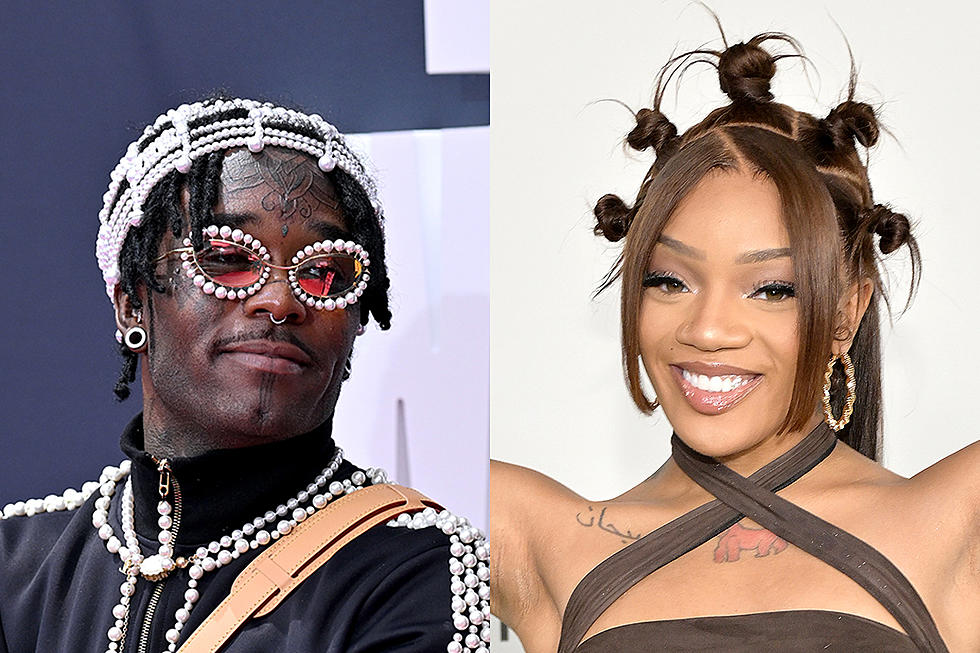
Event Recap: New York Comic Con’s Hip-Hop and Comics – Cultures Combining
Comics and hip-hop sound as if they are two opposing things that have nothing in common. Patrick Reed, editor of Depth of Field Magazine, set to prove that assumption wrong through his own love of these two cultures. In a packed room for a hour-long panel discussion on Hip-Hop and Comics: Cultures Combining during New York Comic Con on last Saturday night (October 13), Reed gathered creators from both worlds to illustrate that they have many similarities. Bringing together hip-hop innovators (Darryl “DMC” McDaniels of Run-DMC, Pete Rock, Public Enemy DJ Johnny “Juice” Rosado, New York-bred MC Jean Grae) and visual artists (Eric Orr, Kagan McLeod, Adam Wallenta, Ron Wilson, Ron Wimberly), Reed understood that the two have shared a relationship since its early days. He believed they are uniquely “American,” but also phrased the cultures as “New York-ian innovations,” referring to the Big Apple’s importance in its developments.
“Both forms deal with combining elements: words and pictures, DJing, rapping, and breakdancing.” Reed said. “These are two hybrid cultures, and two cultures of inclusion.”
The panelists had plenty of stories on growing up in the midst of both cultures and how they’ve drawn inspirations to create their own styles. For DMC, he recalls his first exposure to comic books by relating to the Amazing Spider-Man. It was Peter Parker’s likeability as a guy who wore glasses (just like he did) that attracted him. “When I discovered Spider-Man, it was somebody that I could relate to. Somebody that was [just] like me.”
For Pete Rock, he was more into the Avengers, specifically the Hulk for his powers and brute strength. “I just took that whole attitude and applied it to what I do.” Juice also chimed in and explained how superheroes applied to his time in Public Enemy: “When you see a group like the Avengers like Pete said, they all had their part to play. Captain America saying you got to do this. Everybody had to take their part, so as a DJ; I wanted to kick your ass at scratching.”
While the artists told the audience about their beginnings in comic books, a question was raised about the first moment seeing hip-hop culture in mainstream comics. Orr was one of the pioneering graphic artists who combined the two with his 1986 comic Rappin’ Max Robot. It started to become more noticeable when the graffiti influence was frequent in drawings, characters, and line work. An example was the Wolfpack series—published by Marvel—where the cover art mirrored this era of transition and later creations such as Wimberly’s Prince of Cats. DMC added rap crews would adopt names that sounded very similar to superheroes.
“When the Cold Crush came along, it reminded me just like the comics,” he said. “Cold Crush names were like, 'The Grandmaster Caz.' 'The All Mighty Kay Gee.' 'The Heartbreaker J.D.L.' They really had their superhero persona in the same way that their names defined them. [It] was the way that their characters each portrayed their personalities.”
Jean Grae, who used to go by the stage name What? What?, fully embraced an idea of a different identity, specifically choosing the superhero who represented rebirth. Grae’s childhood consisted of her hanging out at the comic book store near her home, which laid the groundwork for her vivid imagery in her raps. The name-change was for the better because it came from her mission to establish a voice where few female MCs had a say. In other words, Grae had to save us on the mic.
“[It was] kind of the duality of actually wanting to [save us] and actually really coming into this business trying to change something,” she said. “I guess, in a way, save it and change the way hip-hop is looked at and kind of really push for a different view. That has been a lot of my superhero lifestyle.”
Even more fascinating was discovering how hip-hop and comics’ origins were interwoven. They are both considered underground sensations—each with its own style, imagery and voice. The two worlds allowed you to take on different identities to express whatever was on your mind. Now, the relationship continues to cross paths with hip-hop acts like J.U.S.T.I.C.E. League, DJ Green Lantern, and Sean Price utilizing its aesthetic into their music. As Wallenta puts it, the two cultures allow one to be in a whole different realm.
“You could be that nerdy guy with glasses and really good in school. And you could go to a party and you can rock a jam and [be] a whole other superhero and be someone else,” Wallenta said. “For me, the two worlds make sense.”
Each of the panelists has new projects coming soon, but you can watch out for these on the horizon. Eric Orr is working on revamping Rappin’ Max Robot; Jean Grae plans on releasing two albums by the end of 2012, and DMC is creating a comic book based on him and his illustrious career. —Eric Diep (@E_Diep)
More From XXL









